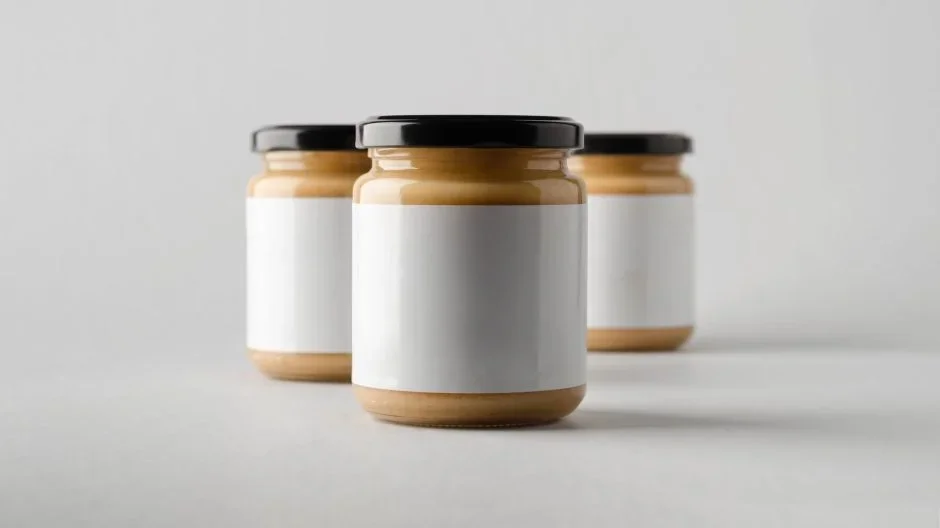In a time of environmental awareness and a desire for simplicity, minimalist packaging becomes a potent means for brands to convey their values and seize consumer interest.

In the fast-paced world of consumerism, where products vie for attention on crowded shelves and online platforms, the role of packaging has evolved beyond mere protection and containment.
It has become a powerful tool for brands to communicate their values, differentiate themselves from competitors, and ultimately, capture the attention of discerning consumers.
In recent years, a trend towards minimalist packaging has emerged, championing simplicity, sustainability, and aesthetic appeal. This article delves into the concept of minimalist packaging, exploring its benefits, design principles, and the impact it has on consumer behaviour.
The rise of minimalist packaging
In an era marked by environmental consciousness and a desire for simplicity, minimalist packaging has gained significant traction across various industries.
From skincare products to food items and electronics, brands are opting for clean, understated designs that eschew excessive embellishments and unnecessary elements. This shift can be attributed to several factors:
- Sustainability: Minimalist packaging often translates to reduced material usage, leading to lower environmental impact. By eliminating extraneous layers and opting for recyclable or biodegradable materials, brands can align themselves with eco-conscious consumers and reduce their carbon footprint.
- Clutter-free design: In a cluttered marketplace, minimalist packaging stands out for its simplicity and elegance. By adopting clean lines, ample white space, and subtle typography, brands can create a visually striking presence that resonates with consumers overwhelmed by choice.
- Brand identity: Minimalist packaging allows brands to convey their identity and values in a concise yet impactful manner. Whether it’s a commitment to sustainability, authenticity, or luxury, the design choices reflect the essence of the brand and foster a deeper connection with consumers.
Design principles of minimalist packaging
Creating effective minimalist packaging requires a keen understanding of design principles and a meticulous approach to visual elements. Here are some key considerations:
- Simplicity: At the heart of minimalist packaging lies the principle of simplicity. Strive for clean, uncluttered designs that convey the essential information without overwhelming the consumer. Embrace whitespace and minimalist graphics to create a sense of sophistication and clarity.
- Typography: Selecting the right typography is crucial in minimalist packaging design. Opt for sans-serif fonts with clean lines and modern aesthetics. Ensure legibility and hierarchy to guide the consumer’s eye and convey information effectively.
- Colour Palette: Minimalist packaging often features a restrained colour palette, with an emphasis on neutral tones and subtle accents. Choose colours that complement the brand identity and evoke the desired emotions. A limited colour scheme adds coherence and elegance to the overall design.
The impact on consumer behaviour
Minimalist packaging not only captures attention but also influences consumer behaviour in profound ways. Here’s how:
- Perceived value: Minimalist packaging can create a perception of premium quality and exclusivity. By stripping away unnecessary elements, brands signal a focus on the product itself, implying superior craftsmanship and attention to detail.
- Emotional appeal: Clean, minimalist designs evoke a sense of calm and sophistication, tapping into consumers’ desire for simplicity and authenticity. This emotional appeal fosters a positive association with the brand and encourages repeat purchases.
- Sustainability credentials: In an age where sustainability is a top priority for many consumers, minimalist packaging sends a powerful message of environmental responsibility. Brands that embrace sustainable packaging practices not only attract eco-conscious consumers but also contribute to a positive brand image.
In the end, minimalist packaging represents a paradigm shift in the world of branding and consumerism, offering a compelling alternative to traditional, cluttered designs.
By prioritising simplicity, sustainability, and brand identity, brands can create packaging that captivates consumer attention, fosters brand loyalty, and resonates with the values of a modern audience.
As consumer preferences continue to evolve, minimalist packaging is poised to remain a timeless trend, standing the test of time in an ever-changing marketplace.
Source from Packaging Gateway
Disclaimer: The information set forth above is provided by packaging-gateway.com independently of Chovm.com. Chovm.com makes no representation and warranties as to the quality and reliability of the seller and products.




